The Pros and Cons of Using a Robot Vacuum
Executive Summary
Robot vacuums have gained popularity as convenient tools for automated cleaning in households. The pros of using a robot vacuum include time-saving convenience, efficient cleaning in hard-to-reach areas, and scheduling flexibility. Moreover, they can be particularly helpful for individuals with mobility issues. However, there are also cons to consider. Robot vacuums may struggle with deep cleaning and can get stuck or tangled in cords and obstacles. They require initial investment and maintenance costs, and their effectiveness largely depends on the layout and type of flooring in the home. Understanding the pros and cons of using a robot vacuum is essential for making an informed decision about integrating this technology into your cleaning routine.
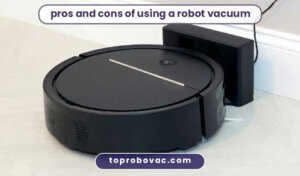
In this article, we will take a closer look at the pros and cons of using a robot vacuum to help you determine whether it’s the right choice for you.
Pros of Using a Robot Vacuum
1. Increased convenience
- Scheduled cleaning
One of the most significant benefits of using a robot vacuum is scheduling cleaning sessions. With this feature, you can set the vacuum to start cleaning at a specific time, even when you’re not at home. It means you can return to a clean home without lifting a finger.
- Minimal human intervention
Another convenience of a robot vacuum is that it requires minimal human intervention. Once the vacuum has been set up and scheduled, it will do the majority of the work on its own. It means you can go about your day without worrying about cleaning your floors.
2. Time-saving
- Automated cleaning process
A robot vacuum is an automated cleaning process, which means it will clean your floors without you having to do it manually. It can save you a lot of time, especially if you have ample space to clean.
- Multiple cleaning modes
Many robot vacuums come with multiple cleaning modes, such as spot cleaning, edge cleaning, and scheduled cleaning. These modes allow you to customize the cleaning process to your specific needs, saving you even more time.
3. Improved air quality
- HEPA filters
Many robot vacuums come equipped with HEPA filters, which are highly efficient at capturing small particles such as dust and allergens. It can help improve the air quality in your home, making it an excellent option for those with allergies or asthma.
- Reduced allergens
Robot vacuums can help reduce the number of allergens in your home by constantly cleaning your floors and capturing particles in the HEPA filters. It can improve the overall air quality in your home, which can be especially beneficial for those who suffer from allergies or asthma.
4. Coverage and Efficiency
- Coverage
With a robot vacuum, you don’t have to worry about missing spots or not cleaning specific areas of your home. The robot vacuums cover all the locations of your home and clean every nook and cranny.
- Efficiency
Robot vacuums are equipped with advanced sensors and navigation systems to clean your floors quickly and efficiently. The vacuum can detect obstacles and navigate them, ensuring that it covers every inch of your floor.
5. Cost-effective
- Initial cost
While the initial cost of a robot vacuum may be higher than a traditional vacuum, it can save you money in the long run.
- Energy cost
A robot vacuum can help reduce energy costs as it requires less energy than manual cleaning.
- Maintenance cost
Robot vacuums are relatively low-maintenance, so you don’t have to spend much on repairs or replacement parts.
6. Smart Features
- Voice Control
You can control robot vacuums by voice commands using smart devices like Amazon Alexa or Google Home, making it more convenient.
- Remote Control
Some robot vacuums come with a remote control, allowing you to control the vacuum anywhere in your home.
- App Control
Some robot vacuums can be controlled and monitored through a smartphone app, which allows you to schedule cleaning sessions, check the vacuum’s status, and troubleshoot issues.
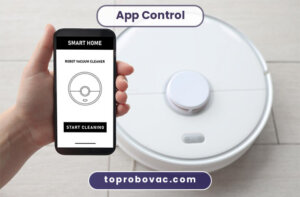
7. Customizable Cleaning
- Cleaning Schedules
A robot vacuum allows you to set a cleaning schedule that works for you, which means you can have it clean your home while you’re away or when it’s most convenient for you.
- Cleaning Modes
Most robot vacuums come with multiple cleaning modes, including spot cleaning, edge cleaning, and scheduled cleaning. This feature allows you to customize the cleaning process to your specific needs.
- Room Mapping
Some robot vacuums have room mapping technology, which allows the vacuum to create a map of your home and clean specific rooms or areas as needed.
Cons of Using a Robot Vacuum
1. Limited cleaning capabilities
- Small dustbin
One of the downsides of using a robot vacuum is that it typically has a smaller dustbin capacity than traditional vacuums. It means you may have to empty the dustbin more frequently, especially if you have a large home or a lot of foot traffic.
- Inability to reach tight spaces
Another limitation of a robot vacuum is that it may not be able to reach tight spaces or areas with limited clearance. You may still need to use a traditional vacuum or handheld cleaner to clean these areas.
2. Potential malfunctions
- Difficulty navigating
Robot vacuums rely on advanced sensors and navigation systems to move around your home, but these systems can malfunction or become confused. It can cause the vacuum to get stuck or miss certain areas.
- Need for regular maintenance
Robot vacuums require regular maintenance, such as cleaning the filters, replacing the brushes, and charging the battery, which can be time-consuming and costly.
3. Higher cost
- Initial investment
The cost of a robot vacuum is high compared to traditional vacuums, which is a significant financial burden for some households.
- Replacement parts
If the robot vacuum malfunctions, you may need to purchase replacement parts, which can be expensive. It can also lead to additional maintenance costs.
Conclusion
In conclusion, robot vacuums offer many benefits, including increased convenience, time-saving, improved air quality, coverage, and efficiency. However, they also have limitations, such as limited cleaning capabilities, potential malfunctions, and higher costs.
Considering the pros and cons of using a robot vacuum, the benefits outweigh the limitations. The future of robot vacuums is promising as technology continues to improve and evolve. We can expect more advanced features, such as enhanced navigation, better cleaning capabilities, and more cost-effective options.
Frequently Asked Questions
Q. How do I schedule cleaning sessions with my robot vacuum?
You can control robot vacuums through remote control or a smartphone app. You can use these tools to set up and schedule cleaning sessions according to your preferences and schedule.
Q. Can robot vacuums clean all types of flooring?
Most robot vacuums are designed to clean various types of flooring, including carpets, hardwood, tile, and laminate.
Q. What should I do if my robot vacuum gets stuck or has difficulty navigating?
If your robot vacuum gets stuck or has difficulty navigating, it may be due to a malfunction or a problem with the navigation system. You can troubleshoot the issue by checking the vacuum’s sensors, cleaning the filters, or resetting the device.
Q. Are robot vacuums expensive to maintain?
While robot vacuums typically require less maintenance than traditional ones, they need some upkeep. It can include cleaning the filters, replacing the brushes, and charging the battery.
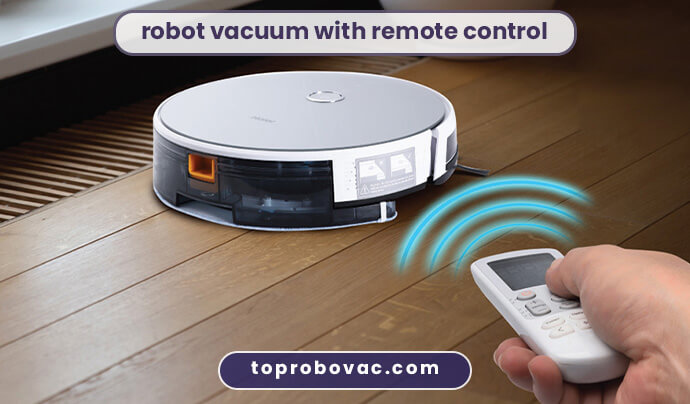
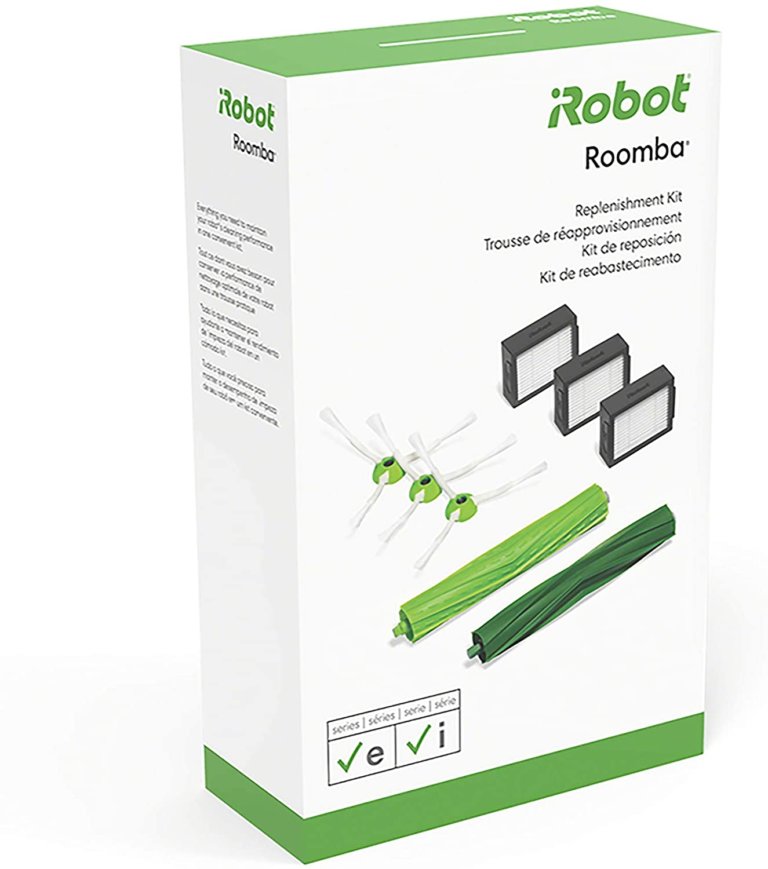
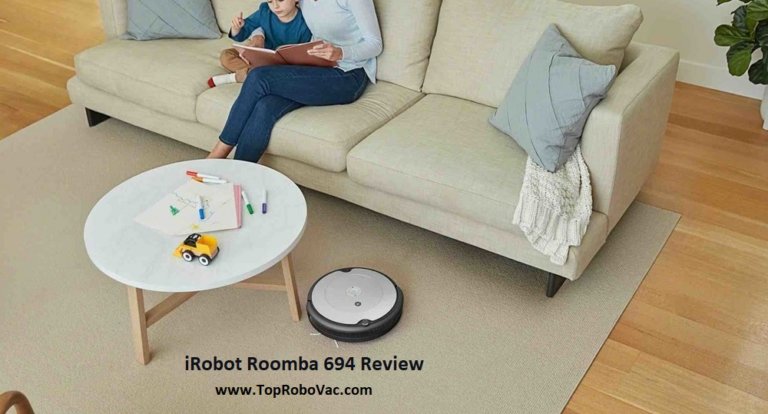

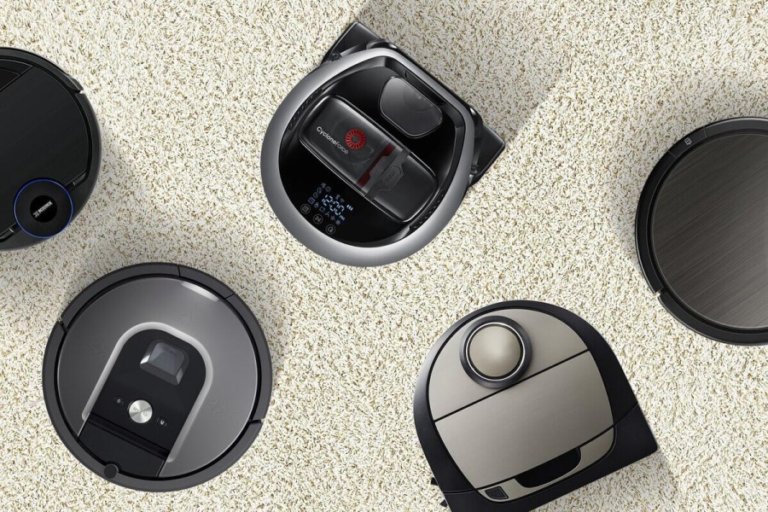
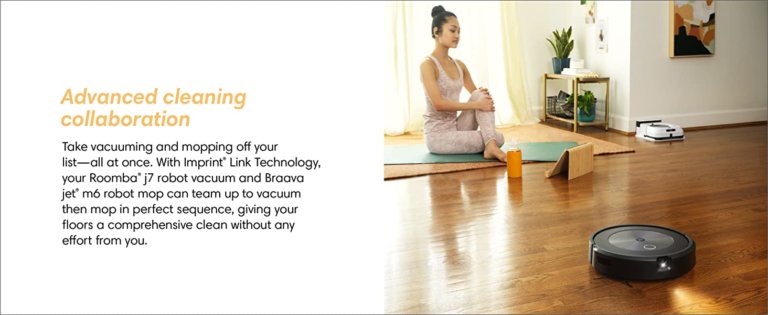
I like the variety of topics you explore on your blog. There’s always something new to learn.
Good post. I learn something new and challenging on sites I stumbleupon every day. Its always helpful to read through content from other writers and use something from other web sites.